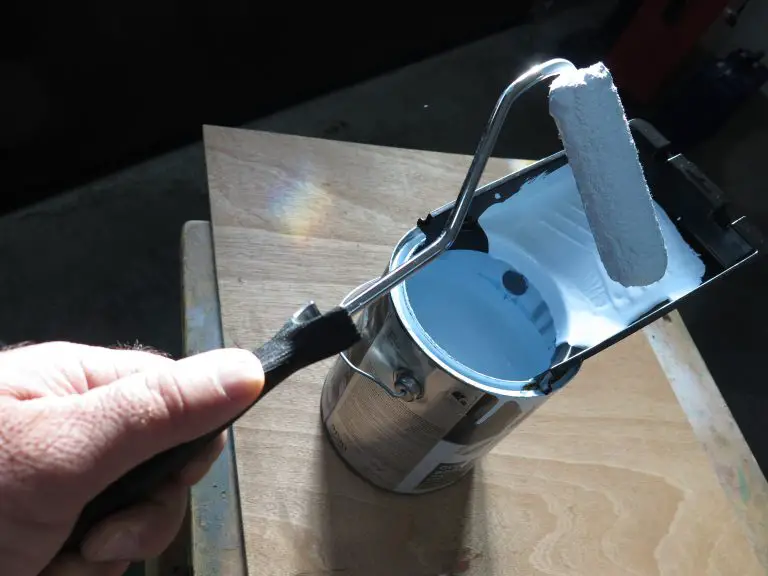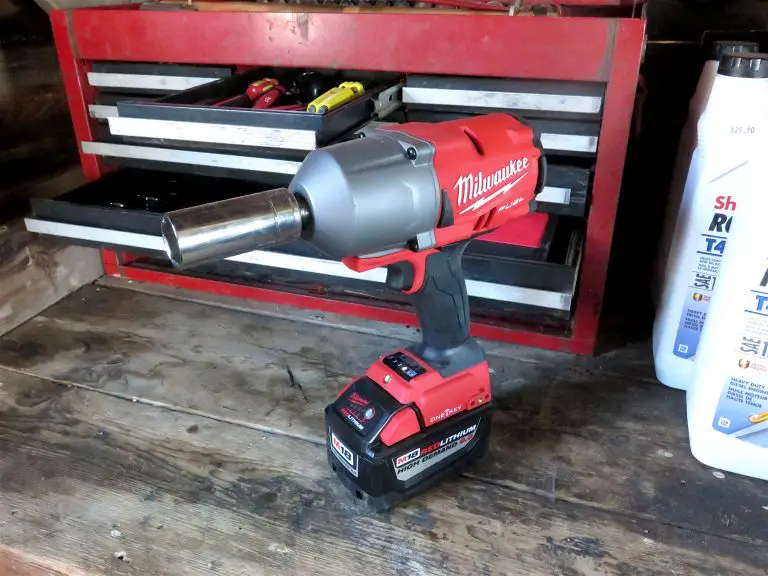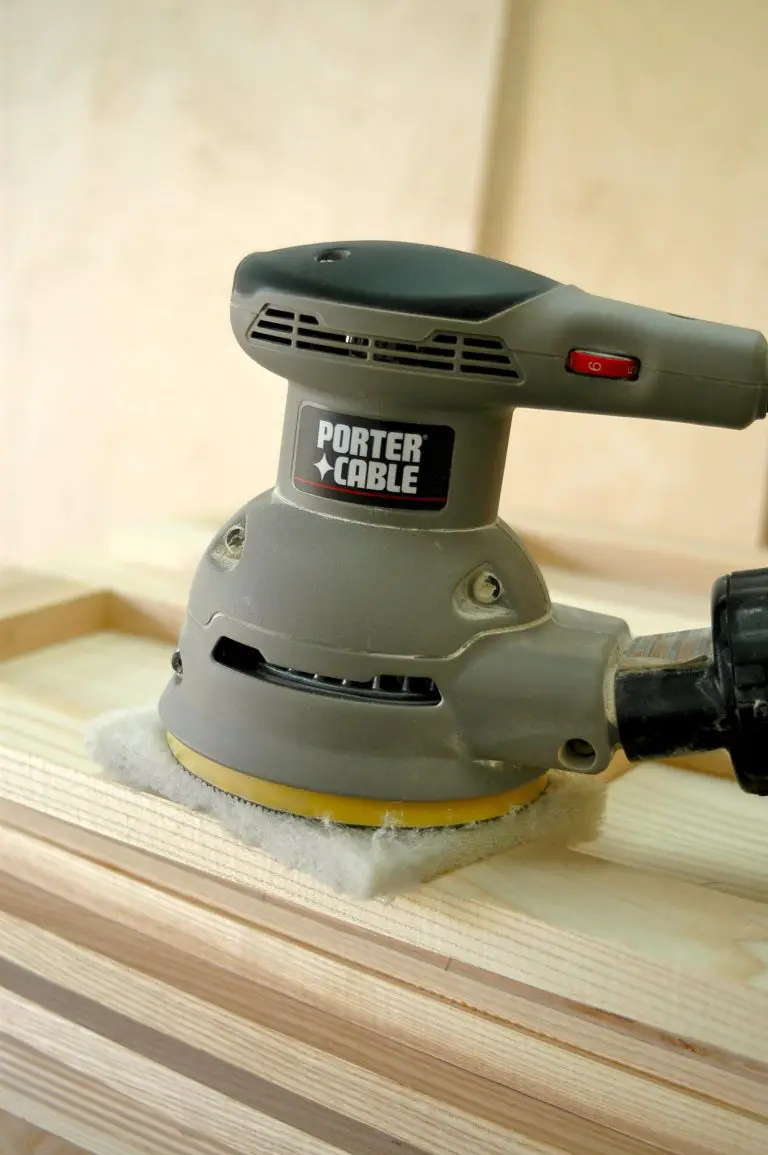Power tools generate their own hype. That’s why you don’t hear much about hand tools in the advertising-driven world of woodworking. Power tools are certainly amazing, but so are sharp hand tools when they’re tuned properly. Even though they’re simple and sometimes homely, hand tools still play a key role in craftsmanship, as you’ll see.
- Video#1 Watch Time = 12 minutes
- Video#2 Watch Time = 10 1/2 minutes
- Vide#3 Watch Time = 14 minutes
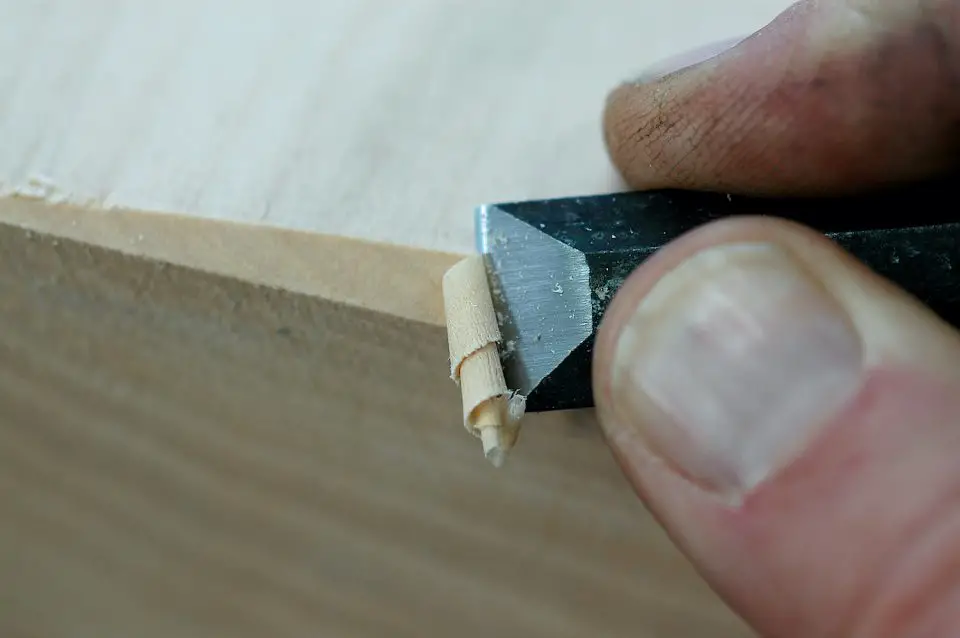
Hand tools will certainly always have a place in my shop. I remember the thrill of using a chisel when I first learned to sharpen it properly. Something magic happens when an ultra-sharp blade meets a nice piece of wood. Here’s the scoop on four of my favourite hand tools: saws, block planes, smoothing planes, and bench chisels.
Japanese Handsaws
In Japan, handsaws evolved differently than they did in the west, and in the battle for handsaw supremacy, I say the west lost. Japanese-style hand saws are simply better in most ways. Starting with the premise that handsaws should cut on the pull-stroke (not the push stroke), Japanese blades were forged thinner than those from the European push-stroke heritage. A thinner blade converts less wood into saw dust, yielding more progress from the effort you put in with your arm. In fact, Japanese saws are usually about half as thick as western saws designed to do the same job, though they cut more than twice as fast because of superior tooth design. You can see what I mean in the photo below.

The Ryoba-style of Japanese saw is one particular type, and it’s a good general-purpose kind because its flexible, double-sided blade is ideal for trimming wooden parts flush with their neighbours, and for all-around cutting. I also use a large Ryoba-style for pruning trees. If you’ve never owned a Japanese saw but would like to try, there are many models out there. And while some of them are quite expensive, you don’t need to spend a lot of money to get a decent Japanese saw. The model above is one of the cheaper options, it has an exceptionally tough blade, and you can get sharp replacement blades to fit the handle.
The video below shows my very favourite general-purpose handsaw. It’s not exactly a Japanese saw, but it’s not a regular western handsaw either. It’s called the Irwin Universal Handsaw, and it’s the specific model I recommend for people taking my Woodworking for Beginners online course.
- Video Watch Time: 12 minutes
Two Favourite Hand Planes
If craftsmanship is about guiding your work towards a perfect ideal, then hand planes help you along the last stage of that journey. They allow wood to be smoothed, and parts to be adjusted with a finesse that stationary jointers, power planers, and belt sanders can’t match. A well-tuned plane is the Stradivarius of hand tools, and like a violin it takes skill to prepare and use.

In the days before electric power tools, every woodworker needed a large collection of hand planes for everything from dressing rough lumber to making moldings. But now that electricity powers the grunt-work in the trade, many of the old planes don’t make much sense, except perhaps as museum pieces. Despite this, block planes and smoothing planes are still found in every serious woodworkers toolkit because they continue to serve a useful purpose. Here’s how:
Block Planes
Block planes are short in length – about 6 inches long – and can be used with one hand or two. The shallow blade angle of the low-angle varieties is best because it slices end grain most smoothly, boosting tool versatility. I really like low angle block planes and recommend them. They work best for the kind of jobs that block planes are used most often these days. Tweaking the mitre joints on trim and molding, for instance, is one of the best uses for this tool.
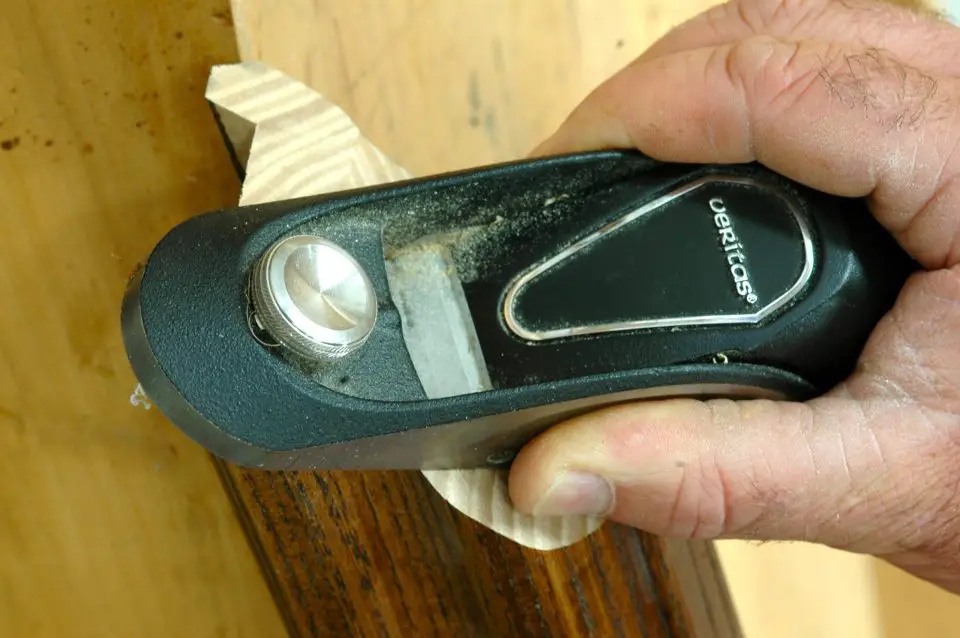
Like many hand tools, you probably won’t end up using a block plane for hours on end, but when you need it there’s really no substitute. Here’s a tip: When you go to a lumberyard to buy rough wood, bring a block plane. A few strokes will create away the rough lumber surfaces on boards, allowing you to catch a glimpse of the true wood grain underneath, before you buy particular pieces of lumber.
Smoothing Plane
This is a two-handed, multipurpose tool – typically 12 inches long or so. It’s made for working larger pieces of wood than a block plane, especially wood that requires smoothening and straightening. You’ll find smoothing planes useful for tweaking cabinet doors, furniture parts and interior doors. For many years, before I could afford a thickness planer, I used a smoothing plane to dress rough lumber for making projects. The video below shows how I use a plane to create raised solid wood panels. This is a job that many people wouldn’t even think to try by hand, but it works well if the plane is super sharp.
Bench Chisels
Chisels are like planes in that some of the once-popular designs have been squeezed out of prominence by power tools. But a good set of bench chisels – 1/4-, 1/2-, 3/4- and 1-inch wide — is still something that every serious home handy-person needs. Once again, it’s all about fine work in close quarters.
Click below for a video lesson on how to use a hand plane to dress rough lumber for woodworking projects. If you always thought planing large pieces of lumber by hand was impossible, let me show you something different.
Keep It Sharp
The main thing that hand planes and chisels need is a surgically-sharp blade. The finest plane in the world is just an expensive paperweight if you can’t impart and maintain a hair-splitting edge on its blade. And the fastest route to this goal is also the least well known: an electric buffing wheel.
By installing a hard felt wheel on any bench grinder, then charging the surface of that wheel with a fine abrasive, you’ll get the world’s fastest trip from dull to sharp. It’s literally possible to take a coarse, freshly-ground chisel or plane iron straight from a grindstone and bringing it to optimum keenness in no more than two or three minutes. No sharpening stones required. The only thing to remember is that the cutting edge of the blade must point in the same direction as the rotation of the hard felt buffing wheel. Keep this in mind, give yourself permission to mess up during the learning process, and you’ll master a skill that keeps paying off.










